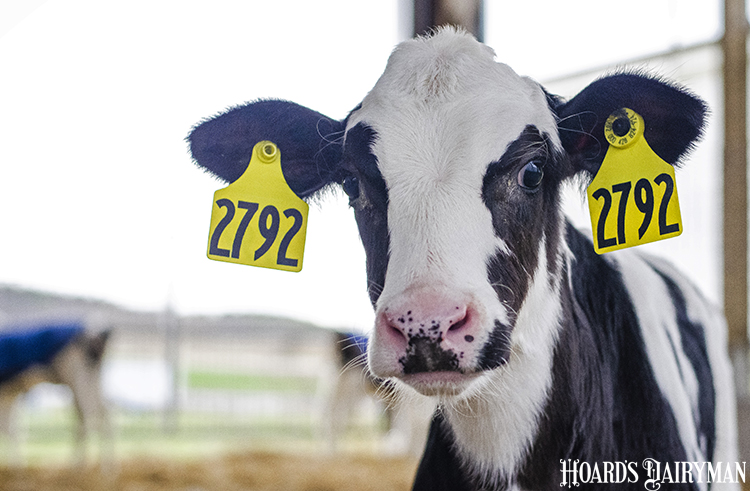
Illnesses like bovine respiratory disease can be especially challenging for calves and the people who care for them. As immunologist Jodi McGill explained during the Dairy Calf and Heifer Association’s annual conference, “Age and immune status are working against us, especially in very young calves. That young animal’s immune system is not ready to mount a strong, full-blown immune response to some of these pathogens.”
McGill, an assistant professor with the Iowa State University College of Veterinary Medicine, added that circulating levels of maternal antibodies that help keep calves safe initially start to decline and affect our ability to vaccinate at a young age. Still further, stress, nutrition changes at weaning, and comingling with other calves can all introduce new pathogens.
Fortunately, the immune system is able to protect against many diseases. But to further limit the pathogens that get through this line of defense, McGill addressed the idea of boosting a young calf’s immune status.
The immune system is divided into two branches: innate immunity and adaptive immunity. Adaptive immunity is the part of the immune system that remembers exposure to a pathogen and builds a response. This is the immunity that is strengthened with vaccines. The downside is that it takes several weeks to mount a really strong immune response, McGill explained.
In the meantime, innate immunity is nonspecific and responds immediately — within hours — in the face of pathogen exposure. Innate immunity includes physical barriers, such as saliva and skin, sentinel cells in tissues, and blood phagocytes or neutrophils.
McGill shared that immune response can be compared to a funnel. “The bulk of the work of protecting the animal falls on the shoulders of the innate immune system,” she said, crediting the physical barriers for excluding about 90% of pathogens from entering the body. That's just the first part. The cells and antimicrobial components of the innate immune system then eliminate about 90% of the pathogens that made it through, leaving the remainder to be blocked by the adaptive immune system.
While vaccines boost adaptive immunity, McGill introduced immunomodulators as a way to build up the innate immune system. One benefit includes an immediate response by the innate immune system. Immunomodulators are also broadly reactive, meaning they are not disease or organ specific and can offer a wider range of protection. Additionally, maternal antibodies do not interfere with these products, so McGill said they can be administered as early as one day of age.
Immunomodulators are currently available on the market in injectable or feed additive form, and McGill said this a very active area of research with exciting potential to provide an immunity boost to calves in the face of challenges. Still, she reminded that immunomodulators are only part of the equation.
“Immunomodulators are not a replacement for good management, vaccines, or antibiotics,” she emphasized. She encouraged producers to talk with a veterinarian to determine a strategy that would work best on their farm.








